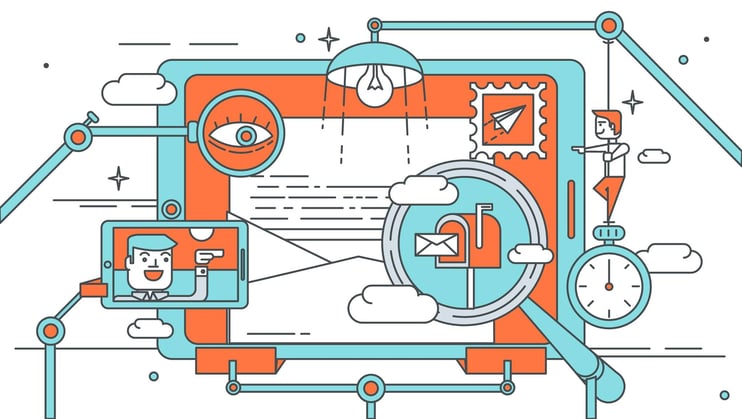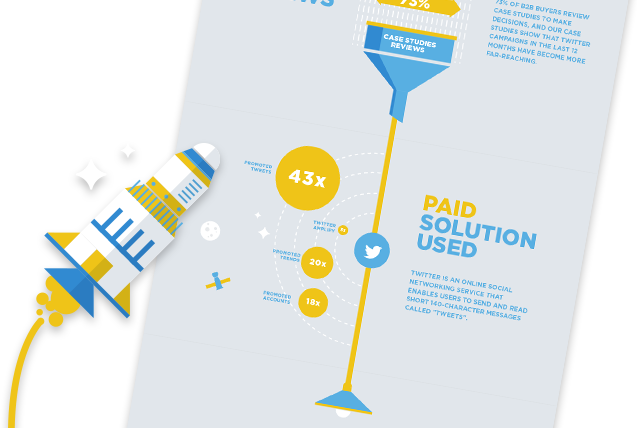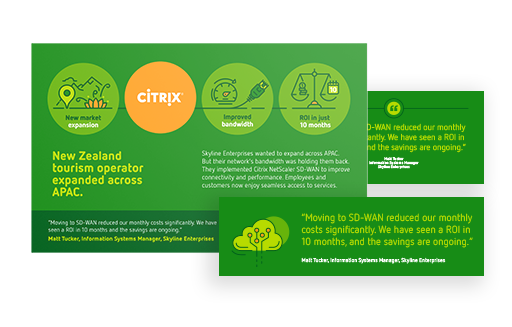
The nature of business emails may change depending on your working situation, but some things remain constant – there will be times when you really need a reply to your email. Some people regularly have hundreds of unread emails waiting for them. To avoid your email being scanned and left unanswered, it better be super easy to reply to, or super hard to ignore. Marking an email as ‘high importance’ just doesn't cut it anymore. It’s all about communication – the most highly valued business skill today.
There are lots of posts on email etiquette, inbox management or Outlook tips – this is not one of those. This is four easy tips on how to improve your message and make it easy for the other person to send you an answer, and more importantly, the answer you need.
Currently, my emails often request information that we need to keep projects moving forward, but that don’t actually benefit the client in a direct way. Basically, I’m asking them to help me out, for little return. My work in the non-profit sector was very similar! I've learned a few techniques over the years that really work.
1. Be succinct
Keep to the point. Be polite, yes, but make you sentences short. 66% of people now read email on mobile devices. State your intentions so that the busiest person knows what you need from a quick skim read.
- Use bullet points to communicate the important information (See what I did there?).
- If you need a reply sooner rather than later then give them a turnaround time (Sounds much nicer than deadline).
- Say you’ll follow up if you haven’t heard by then. If they see they'll get ANOTHER email from you in a week, many will reply then and there.
2. “I’ll tell you what I want, what I really, really want” (Spice Girls, 1996)
Excuse the pop music reference, but it really is what this point is all about! Have a desired outcome in mind for your email. Make it easy for the recipient to agree. Contrary to conversational questions, in email, ask closed questions for confirmation. You're looking for a yes / no answer.
Rather than “We like the idea of xyz, let me know what you think” try “We think xyz is the better choice, are you happy for us to give it a go?” Asking your questions the right way can make all the difference to receiving a quick reply with the answer you want.
3. End at the beginning
End at the beginning by going back to the top.
- Check that you are sending it to the right people and that the subject line is relevant. Alter or change the subject line as required, especially if your email is one in a long thread.
- Also, does everyone really need to be on cc, again?
- Finally, take the time to proof your email. Every single time.
4. The Magic Question when emails are still going unanswered
This tip is credited to Sales Trainer, Chris Lytle. He says its helped him kick start stalled sales conversations. I put it to the test, and can agree wholeheartedly. So, use the Magic Question sparingly. And don't even think of using it in 'cold call' emails. This question is designed for those who you've had interaction with, but now you're getting nothing but stony silence.
In the subject line, put the two words "Quick Question"
And in the email body put no more than two sentences. The quick question (the Magic Question) is the second sentence. And very simply, it is "Am I still on your radar?" Either way, this question has always generated an answer when nothing else has worked.
Finally: Dang it! You forgot to attach that file! If you do (who hasn't), don’t just send the attachment in another new email. Take the time to find your sent email, forward it to the recipient with the attachment and a quick one-liner. This way, the recipient can delete your ‘email sans attachment’ and deal with just the latest email sent. This makes dealing with your emails – and hence you – easy. Personally, my respect for people who do this goes up astronomically.
There are other techniques to employ depending on the type of, and amount of information requested, but email requests with the above pointers applied should definitely see a higher rate of reply. I’d love to hear of any other tips specific to generating a reply that you've tested and proven. Wishing you well for your next email requests!
Note: This email was first published on LinkedIn by the author and has been updated here.






